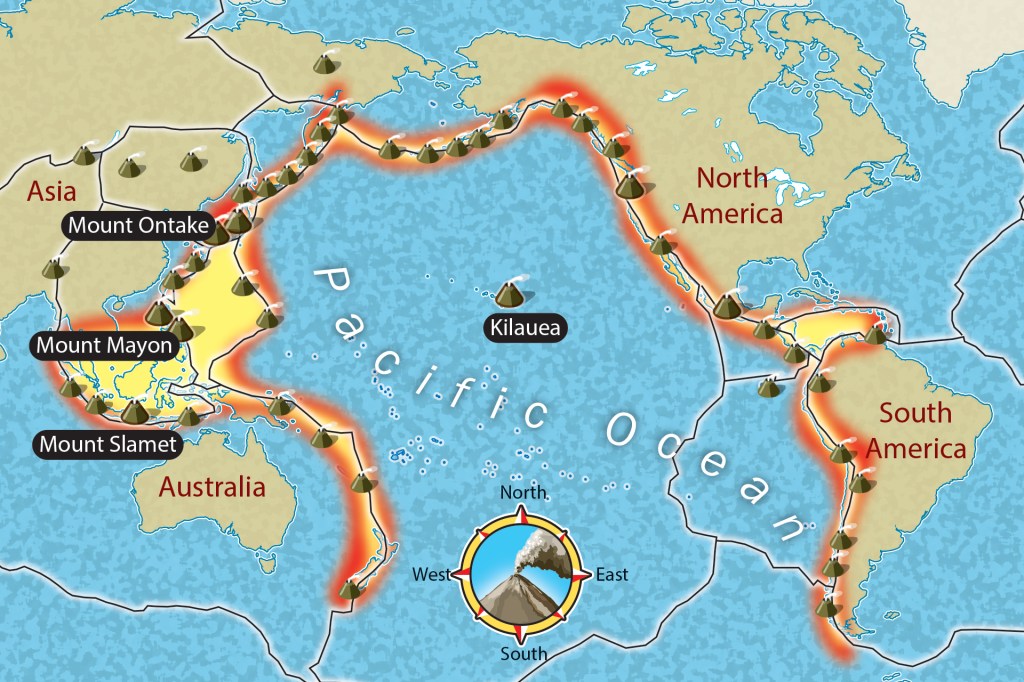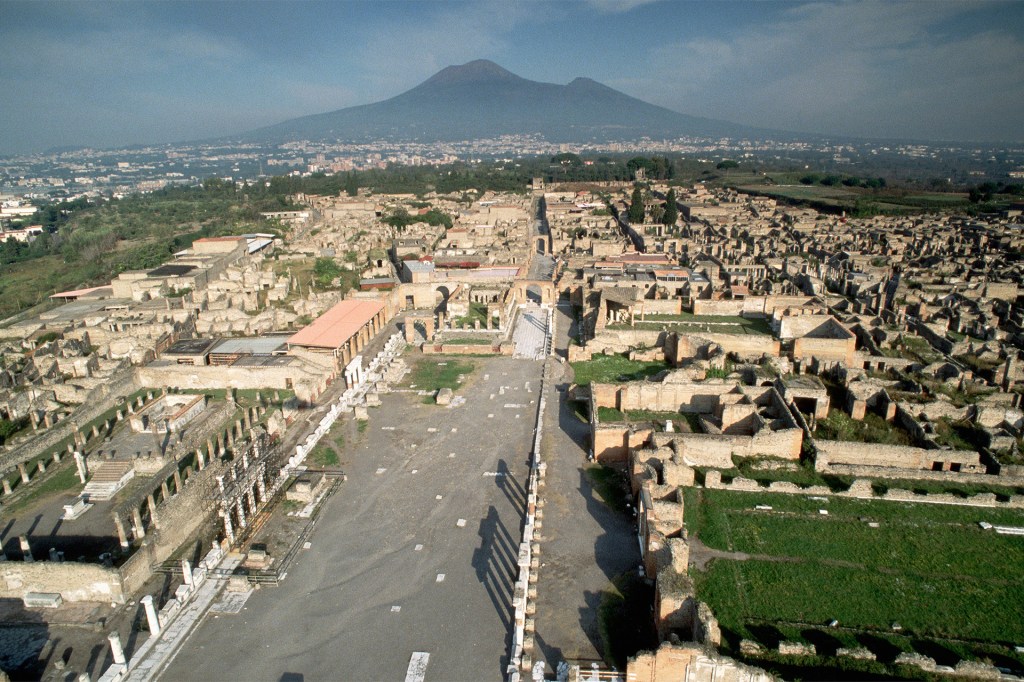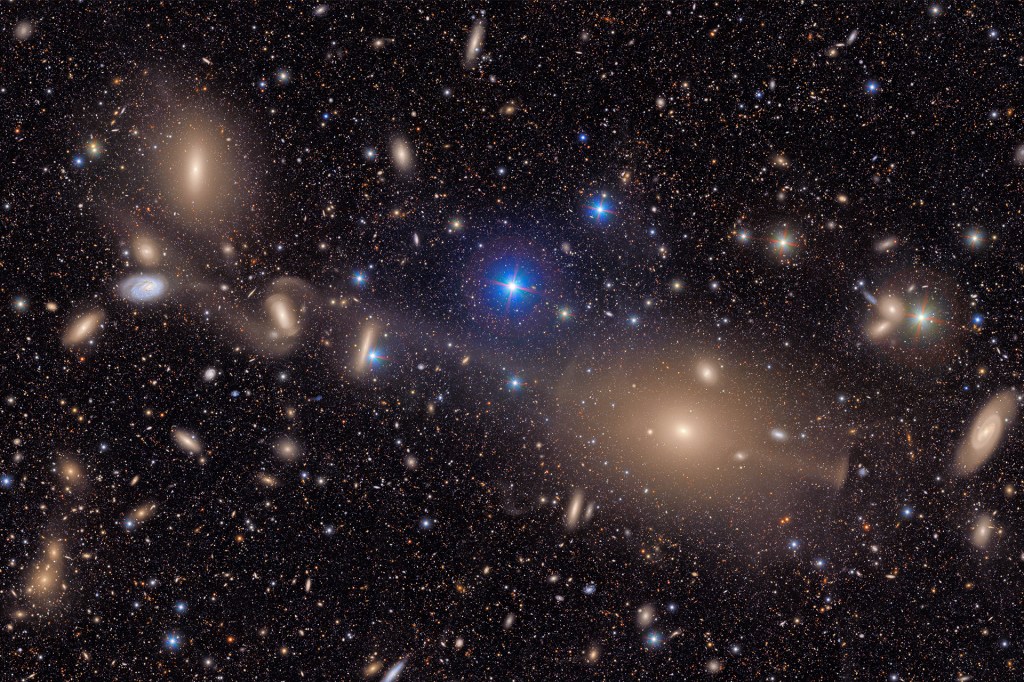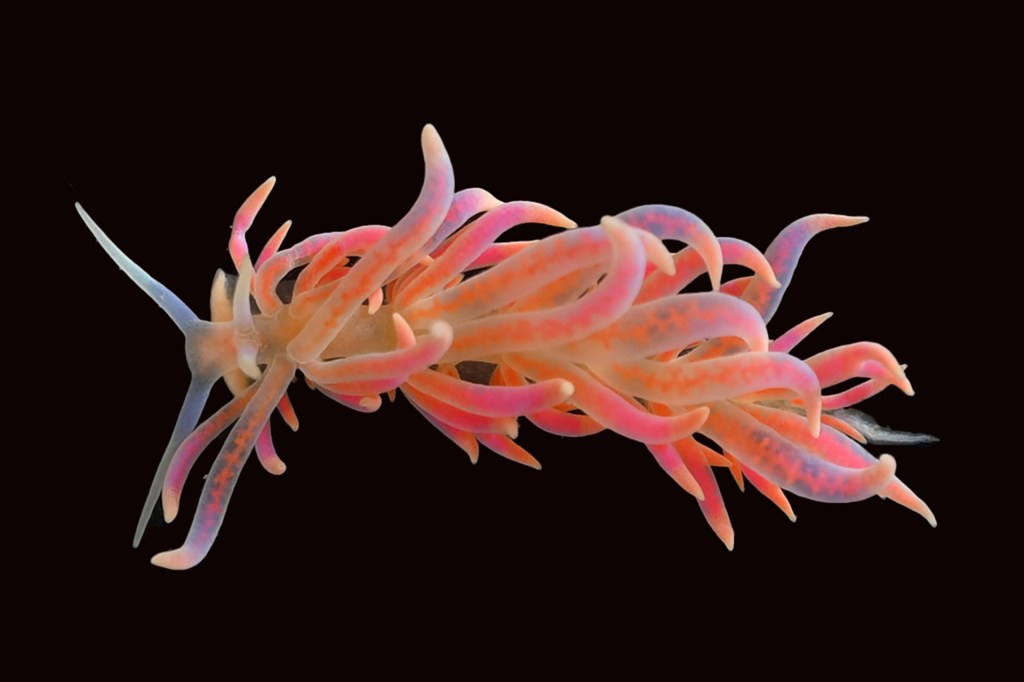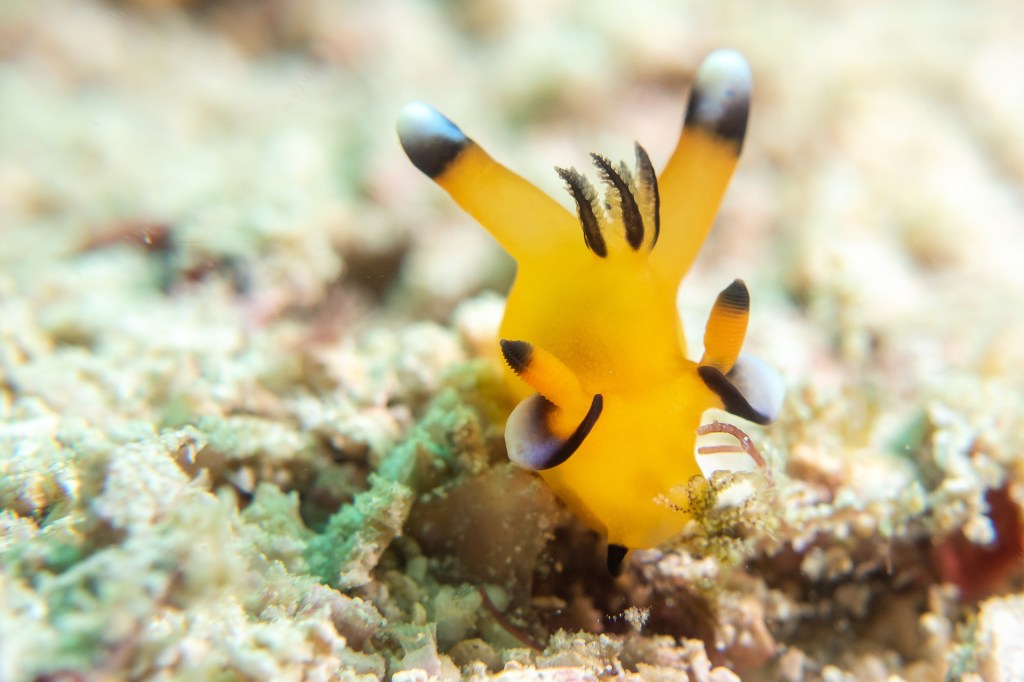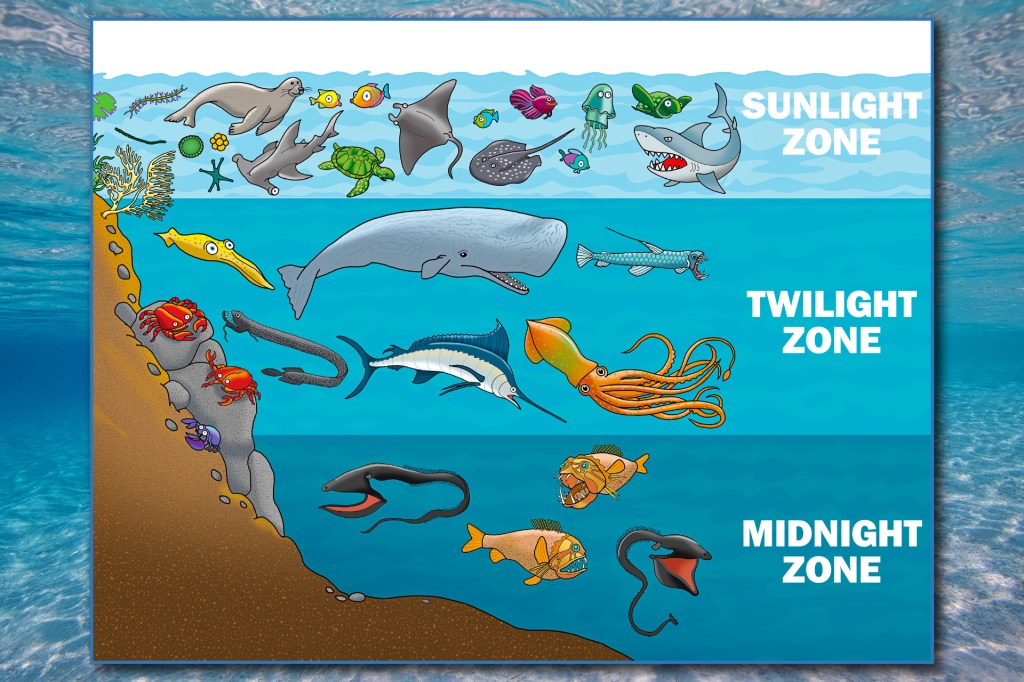
Glowing hot lava sputters from the peak. Chunks of rock shoot into the sky. The ground rumbles. The air is thick with ash and smoke. A volcano is erupting.
A volcano is an opening in the Earth. Magma, or hot melted rock, bubbles deep underground. Pressure builds. It forces the fiery liquid toward the top. Boom! Magma shoots through the vent. It is called lava when it hits Earth’s surface.
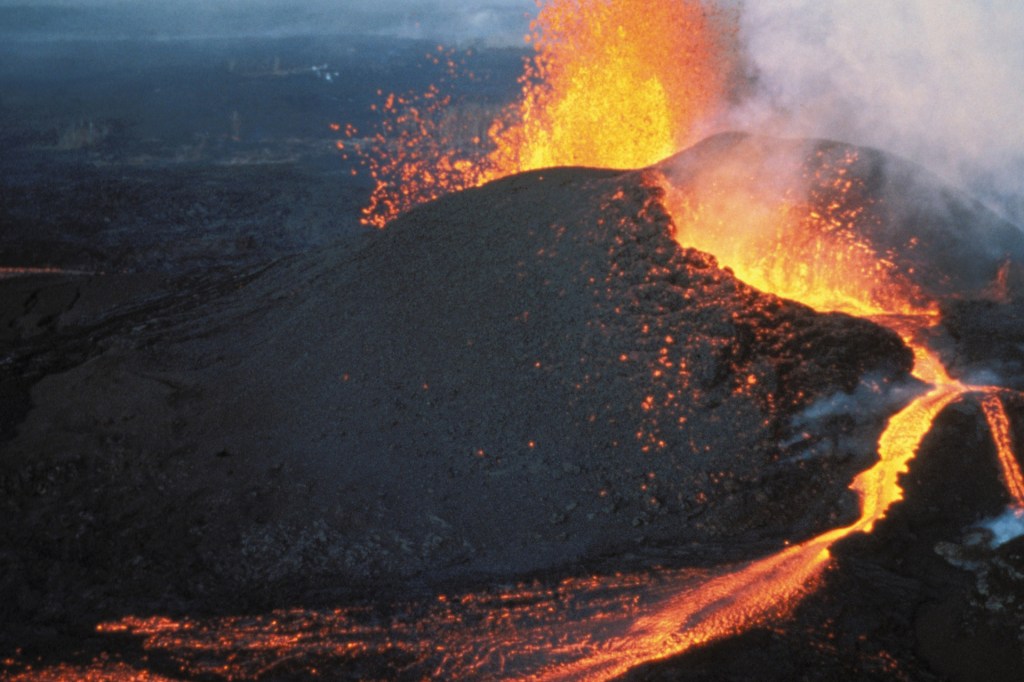
Lava, or hot liquid rock, bursts from a volcano. It flows down the sides like a river. Lava can be as hot as 2,000ºF.
GETTY IMAGESMost volcanoes are found in the Ring of Fire. That is a belt around the Pacific Ocean. But others are near cities. When one is ready to blow, people must evacuate
evacuate
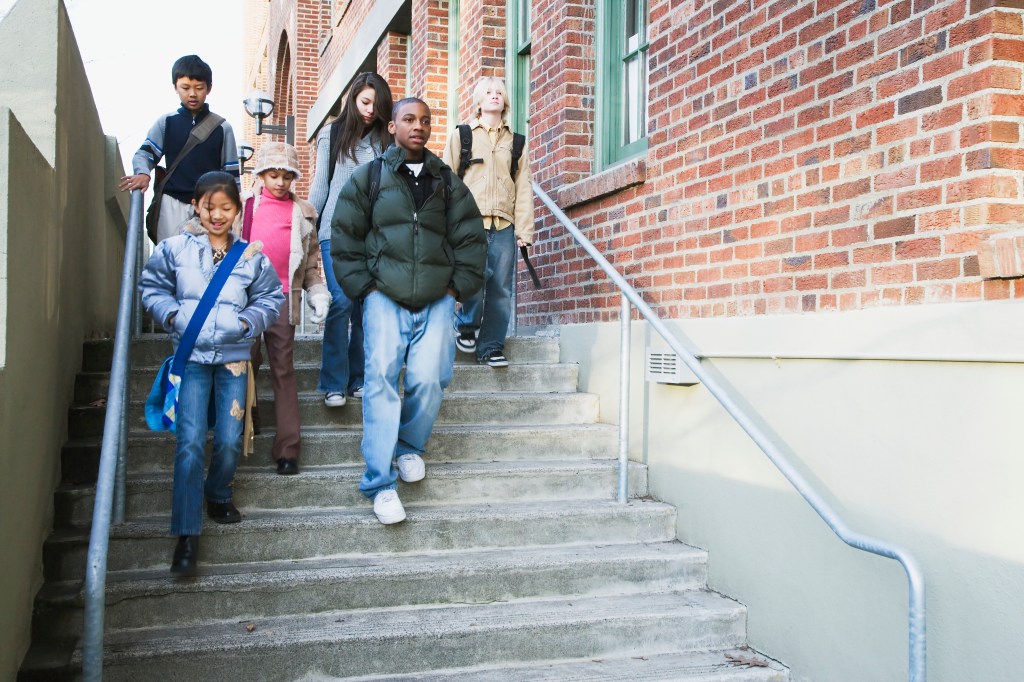 INTI ST CLAIR/DIGITALVISION
to leave a dangerous place
(verb)
During a fire drill, everyone must evacuate the building.
for safety.
INTI ST CLAIR/DIGITALVISION
to leave a dangerous place
(verb)
During a fire drill, everyone must evacuate the building.
for safety.
An active volcano might erupt at any time. But not all volcanoes are active. A dormant volcano seems to be sleeping. But it might erupt again one day. Extinct volcanoes have not erupted for thousands of years. They are no longer a threat.
Shaping the Planet
Volcanoes are powerful forces of change. They have made our planet look the way it does. A volcano can wipe out an entire town. It can also create new land. For example, the Hawaiian Islands were formed by volcanic eruptions.
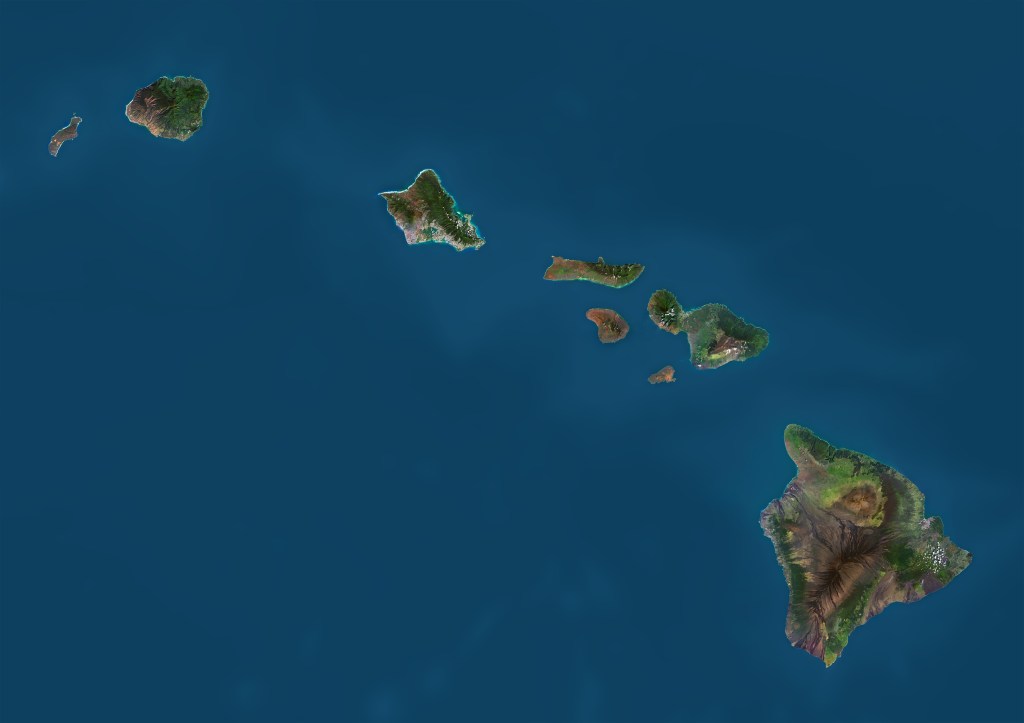
The Hawaiian Islands were made from volcanoes. Hundreds of eruptions over a long time created many layers of rock.
PLANET OBSERVER/GETTY IMAGESVolcanoes can be beneficial
beneficial
 FRANK CAN DELFT/CULTURA
helpful
(adjective)
It is beneficial to stretch before going for a run.
. When a volcano blows its top, heat is released from the Earth. This helps keep the planet cool. Ash from volcanoes is healthy for plants. It adds minerals to soil. And people tap into volcanic heat beneath the Earth. We use it as a source of energy. This energy can power homes. It is a clean and natural way to make things run.
FRANK CAN DELFT/CULTURA
helpful
(adjective)
It is beneficial to stretch before going for a run.
. When a volcano blows its top, heat is released from the Earth. This helps keep the planet cool. Ash from volcanoes is healthy for plants. It adds minerals to soil. And people tap into volcanic heat beneath the Earth. We use it as a source of energy. This energy can power homes. It is a clean and natural way to make things run.
Volcanoes can be dangerous. But new tools are helping scientists learn more about the fiery giants. Scientists use what they learn to keep people safe from harm.
A Hot Job
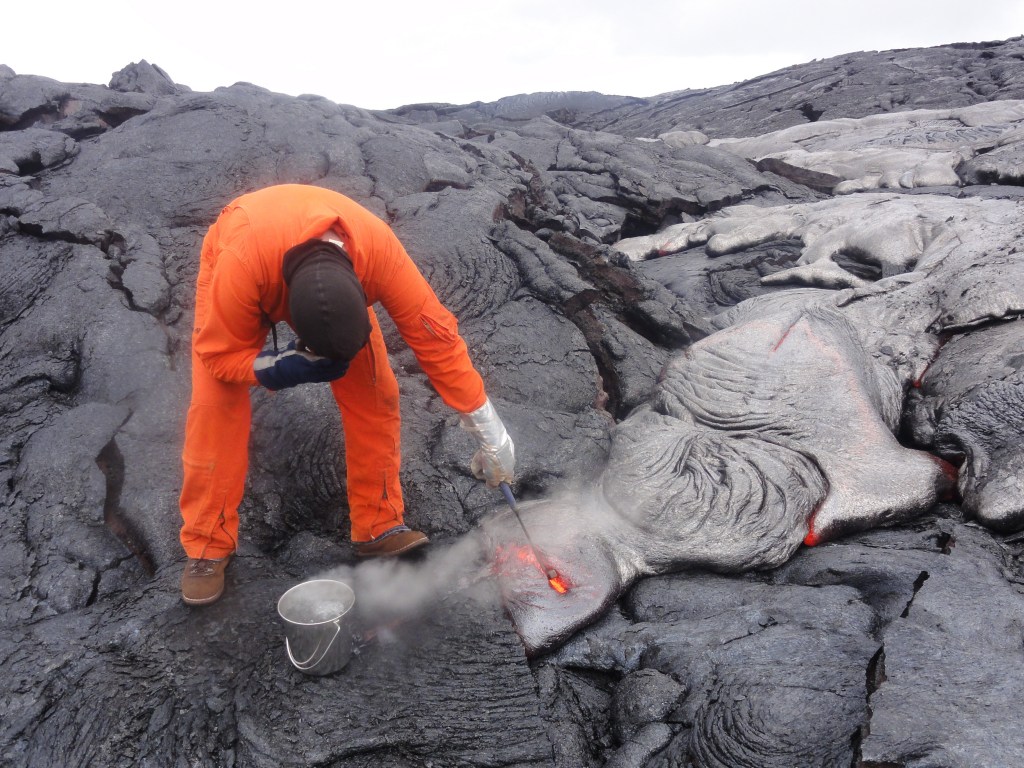
What do you call a scientist who studies volcanoes? A volcanologist! Volcanologists try to predict when a volcano will erupt. They use special instruments to listen for rumblings from a volcano. They collect rock samples and study the flow of lava. A volcanologist’s job can be dangerous. New technology is making the job safer.





